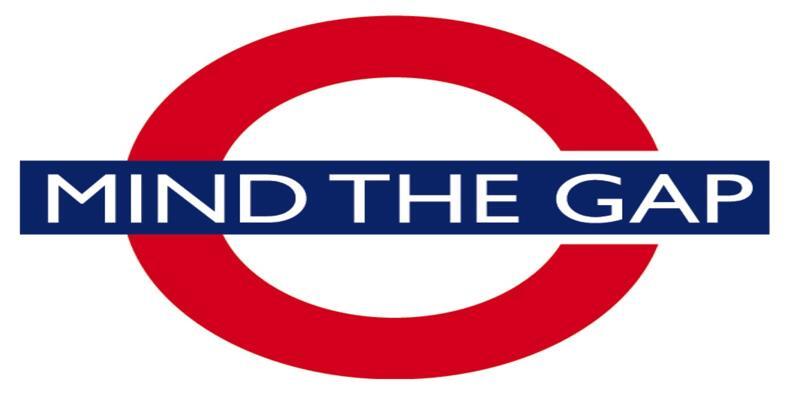Navigating Employment Gaps
Transforming Setbacks into Strategic Narratives
Employment gaps are a reality, not a rarity. Economic fluctuations, personal circumstances, and career pivots can all lead to periods of unemployment.Recognising this universality is the first step towards reframing the narrative. This article aims to equip you with strategies to address these gaps with confidence and authenticity, transforming potential vulnerabilities into compelling aspects of your professional story.
Anticipating the Conversation: Proactive Preparation
If your CV reflects an employment gap, it's prudent to anticipate its discussion during the interview. This proactive approach allows you to craft a coherent and confident response. Preparation involves not just rehearsing answers, but also internalising the narrative, ensuring genuine delivery.
Authenticity as a Strategic Asset: Embracing Transparency
Honesty is paramount. Interviewers are adept at detecting inconsistencies, and any perceived lack of transparency can severely undermine your credibility. Instead, embrace the gap as a part of your professional journey. Acknowledge it directly, and then strategically pivot the conversation towards your proactive engagement during that period.
Strategic Reframing: Highlighting Growth and Engagement
While a brief, honest explanation of the gap's origin is necessary, the focus should shift to your activities and accomplishments during that time. This is an opportunity to showcase resilience, adaptability, and continuous growth.
- Highlight Transferable Skills: Discuss any volunteer work, freelance projects, or independent initiatives. Emphasise how these experiences honed transferable skills relevant to the target role.
- Demonstrate Proactive Learning: Detail any upskilling, online courses, or self-directed learning undertaken. This demonstrates a commitment to professional development, even in periods of unemployment.
- Showcase Personal Growth: If applicable, articulate how personal experiences contributed to your professional perspective or enhanced your soft skills.
Strategic Questioning: Redirecting the Conversation
After addressing the gap, strategically redirect the conversation towards the present and future. This can be achieved by posing thoughtful questions about the company's vision, current projects, or the specific challenges of the role. This demonstrates your engagement and forward-thinking mindset.
A Structured Approach: The Narrative Framework
A structured approach can help you articulate your experience effectively:
- Concise Explanation: Provide a brief, honest explanation of the gap's origin.
- Highlight Accomplishments: Detail your activities and achievements during the gap, emphasising transferable skills and growth.
- Bridge to the Present: Articulate your readiness and enthusiasm to re-enter the workforce, connecting your experience to the target role.
- Strategic Inquiry: Pose a relevant question to the interviewer, shifting the focus to the company and the future.
Example: Navigating a Redundancy Scenario
"Following an organisational restructuring at my previous company, my position was relocated. While I considered relocation, my family commitments led me to remain in the area. During this transition, I focused on professional development, completing [specific courses/projects], and dedicated time to understanding the current industry landscape. My research into [company name] has deeply resonated with my career aspirations. I'm particularly interested in the company's strategic direction. Could you elaborate on the upcoming projects and how this role contributes to them?"
Setting Boundaries: Maintaining Professional Integrity
While transparency is crucial, you are not obligated to disclose deeply personal information. If an interviewer persists in probing into sensitive areas, politely but firmly reiterate that you prefer to focus on your professional qualifications and the role at hand. Remember, you have the right to end the interview if you feel your boundaries are being violated.
Key Takeaways:
- Employment gaps are common and manageable.
- Honesty and strategic reframing can transform potential negatives into positives.
- Focus on showcasing growth, transferable skills, and proactive engagement.
- Strategic questioning can redirect the conversation towards the company's future.
- Maintain professional boundaries and prioritise your comfort.
By adopting these strategies, you can confidently address employment gaps and present yourself as a resilient, adaptable, and valuable candidate.


Comments
Be The First To Post